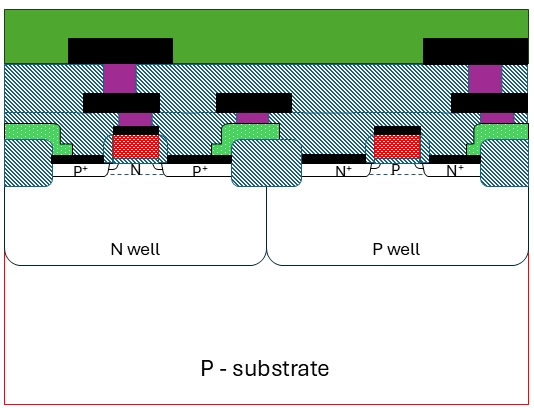 Daily tech news
Daily tech news
- A century-old piano mystery has just been solvedScientists confirmed that pianists can alter timbre through touch, using advanced sensors to capture micro-movements that shape sound perception. The discovery bridges art and science, promising applications in music education, neuroscience, and beyond.
- Princeton’s AI reveals what fusion sensors can’t seeA powerful new AI tool called Diag2Diag is revolutionizing fusion research by filling in missing plasma data with synthetic yet highly detailed information. Developed by Princeton scientists and international collaborators, this system uses sensor input to predict readings other diagnostics can’t capture, especially in the crucial plasma edge region where stability determines performance. By reducing […]
- Heisenberg said it was impossible. Scientists just proved otherwiseResearchers have reimagined Heisenberg’s uncertainty principle, engineering a trade-off that allows precise measurement of both position and momentum. Using quantum computing tools like grid states and trapped ions, they demonstrated sensing precision beyond classical limits. Such advances could revolutionize navigation, medicine, and physics, while underscoring the global collaboration driving quantum research.
- This new camera sees the invisible in 3D without lensesScientists have developed a lens-free mid-infrared camera using a modern twist on pinhole imaging. The system uses nonlinear crystals to convert infrared light into visible, allowing standard sensors to capture sharp, wide-range images without distortion. It can also create precise 3D reconstructions even in extremely low light. Though still experimental, the technology promises affordable, portable […]
- Biochar’s secret power could change clean water foreverScientists found that biochar doesn’t just capture pollutants, it actively destroys them using direct electron transfer. This newly recognized ability accounts for up to 40% of its cleaning power and remains effective through repeated use. The discovery opens the door to cheaper, greener, and more efficient water treatment methods worldwide.
- Scientists brew “quantum ink” to power next-gen night visionToxic metals are pushing infrared detector makers into a corner, but NYU Tandon researchers have developed a cleaner solution using colloidal quantum dots. These detectors are made like “inks,” allowing scalable, low-cost production while showing impressive infrared sensitivity. Combined with transparent electrodes, the innovation tackles major barriers in imaging systems and could bring infrared technology […]
Category
Scaling of CMOS: Microelectronics era
As CMOS technology shrank below 1 μm in the microelectronics era, high electric fields caused reliability issues like hot carrier effects. Techniques such as LATID...
Scaling of CMOS and its Issues
Dennard scaling revolutionized microelectronics by showing that reducing transistor size and voltage proportionally keeps power density constant. However, real-world limitations like subthreshold slope and interconnect...
CMOS Process Steps: 3um to 1.25um
CMOS chips are made using a twin-well process, with precise tailoring of each well starting from a lightly doped substrate. Key production steps include using...
Basic nMOS Technology: Process Steps
NMOS fabrication involves key process steps like substrate selection, isolation, gate formation, and metallization. LOCOS isolation prevents unwanted current flow, while polysilicon gates enhance process...
The Physics and Technology of Extrinsic Semiconductors
Doping modifies a semiconductor by introducing donor or acceptor atoms, increasing free electron or hole concentration. This creates an n-type or p-type material, shifting the...
The Physics and Technology of Intrinsic Semiconductors
Semiconductors are materials with electrical properties between metals and insulators, governed by their band structure. The valence and conduction bands define electron movement, with a...







